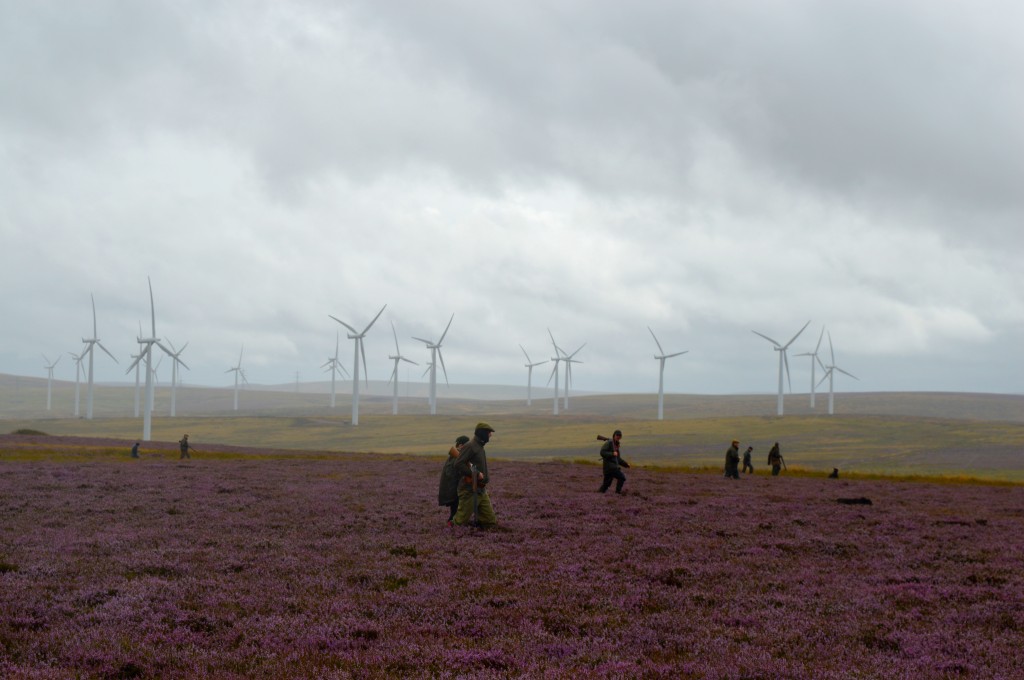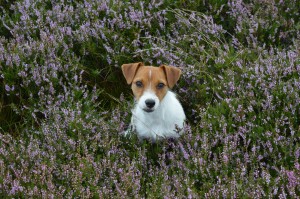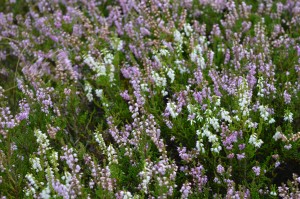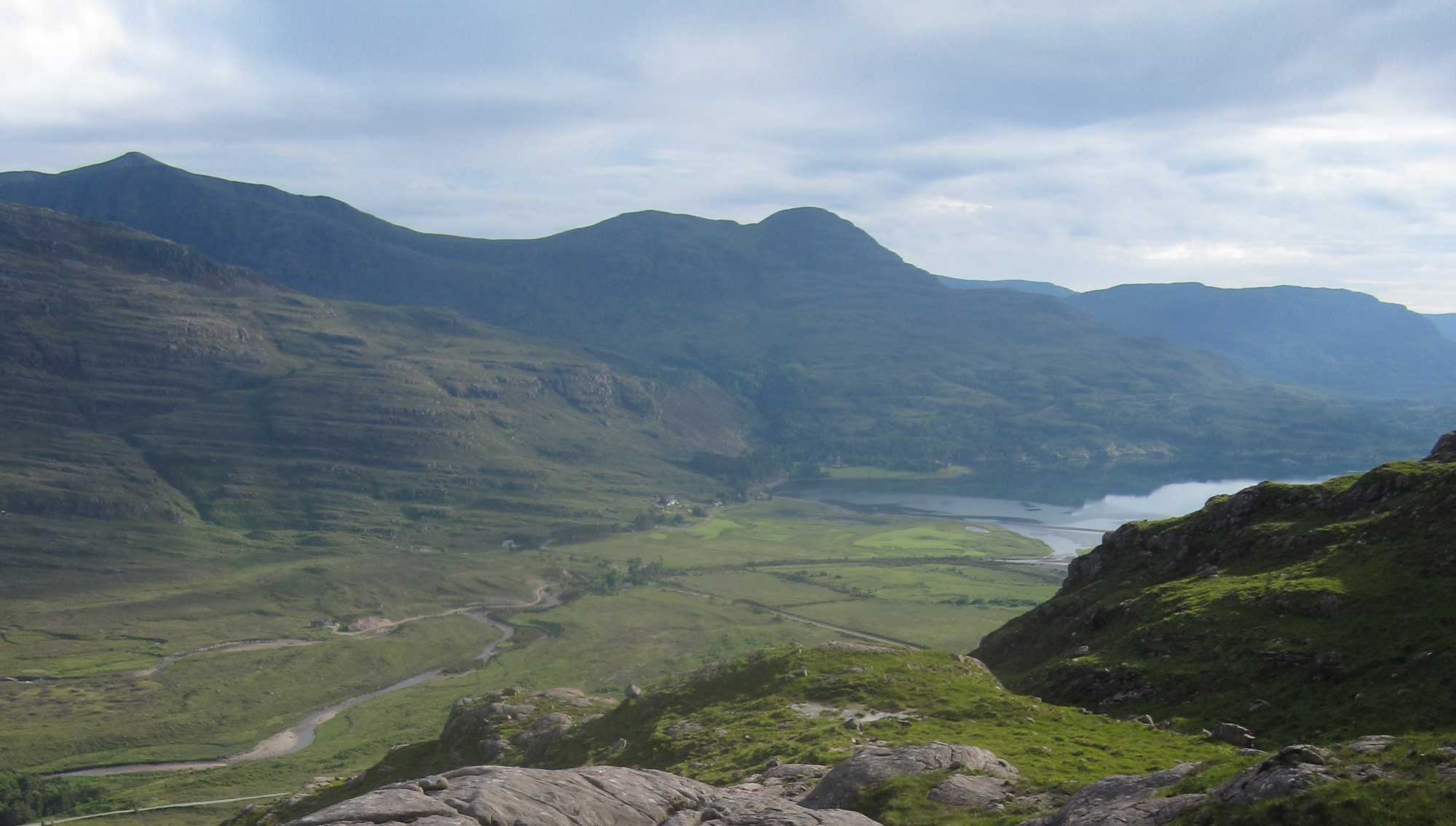Since I have pledged to only eat animals I have killed myself, I decide to go grouse shooting on the Glorious 12th and start off the project with a bang. It doesn’t quite go to plan…
But I have learned something about grouse shooting: It’s not necessarily a load of toffs in tweed and writing about game shooting is going to be significantly more political than blogging about shucking oysters.
I decide to go on a shoot on the so-called ‘Glorious 12th’ on August 12th because it is traditionally the start of the ‘season’ and if I am to kill what I eat, I need to learn about game shooting.
I realise it will upset many people to even include grouse in the kill-to-eat diet because they believe that gamekeepers kill birds of prey – or at least disturb the ground-nesting raptors. In the north of England, where there are huge driven grouse shoots, there are expected to be just three hen harriers breeding this year. Few deny there is a connection. Many conservationists want driven grouse shooting banned.
In my defence, I would point out this was not driven shooting, meaning the birds are pushed forward over stationary guns. Instead it was an informal ‘walked-up’ shoot, meaning guns and dogs simply walk across the moorland and shoot grouse that fly up. Also it was on wild moorland in Scotland, which is not managed by any gamekeepers, beneath the shadows of a wind farm. How modern is that?
On the day I go along we battle against the dregs of Hurricane Bertha and only two brace of grouse are shot. It is more about gortex than tweed and more about shooting a special bird for the pot, rather than a corporate jolly.
Personally, I think those grouse are a better meal than a battery-farmed chicken.
Again, I fail to shoot anything. Instead I spend my time talking to the keepers about the work they do to encourage wild grouse on a moorland that has few other ways of generating income – not even wind farms. Pests like foxes are controlled but killing birds of prey is illegal. Indeed the raptors are a key part of tourism. Each keeper surveys the land regularly to monitor birds, plants and insects. Heather is burned off in small patches to ensure young plants for grouse and other birds, such as golden plover.
.
I have yet to visit the grouse moorlands of northern England but from what I can see, there is a chance of keeping both sides happy. All parties have signed up to a Government-led Joint Recovery Plan for hen harriers to bring back the species in England. This would allow gamekeepers to remove eggs and take the chicks to an aviary when the population gets to a certain level. Ultimately it should allow the hen harrier population to recover, whilst allowing grouse shooting to continue.
Learning to shoot
After a couple of days on grouse moors I am under no illusions as to how tough it is to shoot the “king of the game birds”, that can fly at speeds up of to 70mph. The birds explode out of the heather shouting “get back, get back”. It is also a challenge trying to understand both sides of the argument for and against grouse moors – and indeed other game shooting. Over the next 18 months I intend to investigate this further as part of exploring the ethics of eating meat.
Grouse shooting is a tough sport. Perhaps it was more ‘vainglorious’ than glorious to think I could get my head around it in one season.
As we come down off the hill after searching for my phone, we find some white heather. Perhaps it is a sign of luck for learning to shoot other game (I think my first proper attempt – and next blog – will be a pigeon) and who knows, one day, a grouse?







Thanks for sharing your enquiry into our relationship with the meat we eat – good stuff! (My lifetime total is probably one mackerel, some mussels, and a chicken that wasn’t worth eating anyway. Oh, and a greenfly!)
I have to say I’m not that convinced by this entry on grouse though. I can’t help feeling that the grouse moors are mainly cultivating money, not food, and that if we really wanted the highlands to produce useful amounts of game for the pot, managing them so exclusively for grouse is probably one of the less productive ways to go about it.
I am sure you are familiar with what George Monbiot has to say about the barren highland landscapes in Britain. He and lots of other people know a great deal more about this topic than I do, but the suggestion that allowing woody vegetation to re-establish itself, possibly by restricting the burning, possibly by fencing or culling (yum!) some of the deer, would increase both biodiversity and productivity of the landscape, feels very plausible to me.
I am not an ecologist so I don’t know what impact a measure of reforesting or even “rewilding” would have on grouse populations, and I don’t know which species are ‘important’ in this respect. (I don’t even know how I think we should decide, or to whom we should cede the authority to decide, which are ‘important’ species and ecosystems!)
But I do think all these questions are begged by your article, which does seem to take at face value the grouse hunters’ arguments for the environmental ‘goods’ associated with their sport.
I don’t think even they would argue that the sport produces useful amounts of food, however: I doubt the grouse population could support that?
I know you’re not afraid of the politics of this subject, and I’d be interested in your views on my comments. And for another blog, how about joining the forestry commission on a ‘wild’ boar shoot here in the Forest of Dean? There’s a lot more eating on a boar, for a start…..
Looking forward to your next post!
Kate, I think you are ignoring the fact that the bi-product of ‘cultivating money’ has created a unique and beautiful landscape – many grouse moors are SSSI’s and Britain contains 75% of the world’s heather moorland. In turn these places provide ideal habitats for species other than red grouse, including waders like lapwings and golden plovers, and the rare black grouse. These species have been proved to have a higher breeding success on grouse moors than other types of habitat. To allow these very special places to be overtaken by woody vegetation which is neither unique nor rare, would be tantamount to environmental vandalism.
There is also nothing wrong with land ‘cultivating money’ and I would resist the idea that this is somehow unethical or impure. It is important that we realise that humans are not spectators, but participators in our eco-system and natural environment. It is unrealistic to think that we shouldn’t look for ways to make land productive – this totally flies in the face of reality in a country where even taking into account our urban environments, 72% of the landmass is given over to productive farmland. When you look at it from this angle, grouse moors are almost the pinnacle of ethical land management, combing economic and environmental sustainability with the preservation of a globally unique habitat.
The problem with the arguments put forward by the likes of George Monbiot is that they are posited from the point of view that mankind is able to survive without actively managing our environment (this is the man who wants to see sheep farming eradicated from Britain!). Look at the statistic above on the percentage of land given over to agriculture to see how wildly unrealistic this position is. His withering attacks on grouse moor conservation drip with outmoded political prejudice which do nothing but cloud the issue – he and others like him are guilty of drawing on classist dogma in order to gain publicity and support from those who have very little interest in the facts.
Kate,
While I understand where your coming from I must point out that grouse moors do not “cultivate money” in the sense you elude to. While grouse shooting pours huge amounts of money into rural economies (hotels, pubs, shops etc) and also rural communities (employment being the biggest driver); I would argue that there’s probably not a single grouse moor in Scotland that turns a profit for it’s owner. The people that own moors do so for their own love of the place, the birds, the people and the sport – there is little money to be made when you actually see the finances! What grouse shooting does do is draw in investment from these dedicated, enthusiastic (and often wealthy!) owners who pile more money into upland conservation than any other group (PAYCEC Report, 2014). This conservation work benefits all upland bird species (apart from Corvids) as well as species like blue hare – which do fantastically well on driven grouse moors.
Rewilding is a separate issue, but it is my opinion that when 75% of the world’s heather moorland (an environment rarer than rainforest) is in Britain, we should be doing our best to improve and conserve it, rather than try to change it because certain small sectors of society want to see a historical landscape.
Sam Thompson, Scottish Moorland Group.
Sorry, I meant to say that I applaud lousie’s attempt to approach grouse conservation and shooting more widely with an open mind! I hope you have a very enjoyable and enlightening season ahead of you.
I always eat the game I shoot, or ensure that the excess is eaten by someone else. I am convinced that this process makes us more responsible consumers by gaining a greater understanding of what is required to produce meat and the importance of animal welfare in the process.
Not all parties have signed up to the Joint Recovery Plan. The RSPB remain hold outs not because they don’t believe in the plan but because stopping grouse shooting is more important.
A refreshingly balanced account of a subject that has led to increased polarisation in conservation circles this year. Well done Louise. Looking forward to reading more of your thoughts on the subject as your investigation progresses.
Kate, with respect to rewilding and increasing ‘woody’ vegetation in the uplands as advocated by George Monbiot et al, I recommend you read Dr James Fenton’s thoughts on the subject. In the north-west highlands of Scotland, relatively barren treeless moorland and peat bog is the climax vegetative state, not afforested landscapes as found in Norway and North America – see here http://www.james-hc-fenton.eu/page19.html and here http://www.james-hc-fenton.eu/Essays/9.%20In%20Praise%20of%20Moorland%20-%20J%20Fenton%20-%20Draft%206%20Aug%202014.pdf.